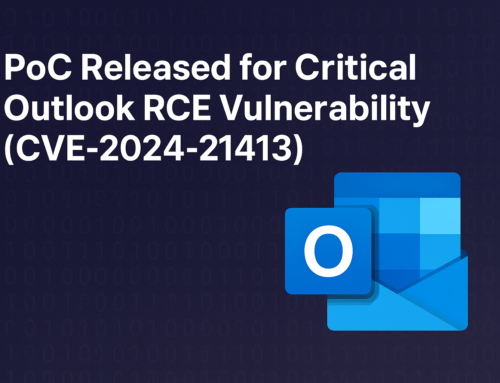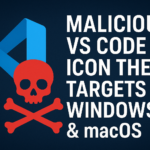Cybersecurity teams are under constant pressure to find vulnerabilities before attackers do. Traditional penetration testing takes time, expertise, and manual effort — and with growing infrastructure and evolving threats, security teams struggle to keep up.
HackGPT Enterprise aims to change that.
Developed by Yashab Alam, HackGPT Enterprise is an advanced AI-powered platform designed to automate penetration testing, vulnerability assessments, and risk reporting at enterprise scale. It combines the intelligence of multiple AI models, including OpenAI GPT-4 and local LLMs, into a single cloud-native system that assists in identifying vulnerabilities, analyzing risks, and even generating reports.
What Is HackGPT Enterprise?
HackGPT Enterprise is a penetration testing platform that leverages AI + machine learning to automate tasks that normally take hours — sometimes days — for security teams.
Instead of manually scanning, analyzing, correlating, testing, and reporting vulnerabilities, HackGPT performs these steps automatically.
With support for multiple AI engines (GPT-4, Ollama, and custom models), it can:
- Detect vulnerabilities
- Recognize anomalies and suspicious patterns
- Score risks using industry standards (CVSS)
- Prioritize exploitability based on business impact
In short — it turns complex security testing into a streamlined, report-ready output.
Unlike tools that simply scan for weaknesses, HackGPT can understand patterns, build correlations, and draw conclusions.
Examples of what AI can do in HackGPT:
- Analyze logs and detect anomalies
- Identify zero-day indicators
- Understand attack chains and lateral movement
- Generate executive summaries or technical reports automatically
Security teams can use it for:
- SOC operations
- Red Team & Blue Team collaboration
- Incident response support
- Continuous security testing
HackGPT Enterprise includes features that enterprises expect:
- Role-Based Access Control (RBAC)
- LDAP / Active Directory integration
- Audit logging and session tracking
- Encryption using AES-256
Compliance frameworks supported include:
- OWASP
- NIST
- ISO 27001
- PCI-DSS
- SOC2
Security teams don’t need to manually map findings to these frameworks — the platform does it automatically.
How HackGPT Transforms Penetration Testing Using AI
HackGPT Enterprise takes a completely new approach to penetration testing. Instead of relying on manual tools and repetitive tasks, the platform automates the entire workflow — from discovery to reporting.
The process begins with automated reconnaissance. HackGPT gathers information using OSINT tools such as Shodan and theHarvester, collecting publicly available data about a target in just seconds. From there, it moves into scanning, identifying active services and potential weaknesses using tools like Nmap and Nuclei.
Once data is collected, HackGPT analyzes the findings and correlates vulnerabilities to determine the most likely attack paths. This is where AI becomes a game changer — instead of simply listing vulnerabilities, the platform prioritizes what matters based on business impact and exploitability.
If exploitation is allowed, HackGPT performs safe proof-of-concept exploitation using Metasploit, validating whether a vulnerability is truly exploitable. After the testing phase, it automatically generates detailed technical reports along with executive summaries. These reports include remediation steps and compliance mapping, saving hours of manual documentation work. Finally, after fixes are applied, HackGPT retests the system to confirm that the vulnerabilities are resolved.
By automating these phases end-to-end, HackGPT eliminates the repetitive workload and frees security teams to focus on decision-making, strategy, and threat mitigation.
Because HackGPT is cloud-native, it scales effortlessly. Built on Docker and Kubernetes, it can run on any infrastructure — AWS, Azure, Google Cloud, or even on-premises. It uses Redis for caching and PostgreSQL for data storage, delivering real-time dashboards and smooth performance even in large environments.
The real impact is seen in business outcomes. Organizations using HackGPT report faster vulnerability detection, reduced manual effort, and automated reporting that would normally take hours. Instead of manually exporting data, the platform generates PDF reports, JSON or XML outputs, and executive summaries instantly — making compliance and audit preparation significantly easier.
HackGPT is continuously evolving. The upcoming roadmap includes a release with SIEM integration and threat-hunting capabilities, followed by a future version that introduces fully autonomous penetration testing — continuous scanning without human intervention.
This is not just an improvement to penetration testing. It represents the next phase of cybersecurity automation. By leveraging AI, machine learning, and scalable cloud architecture, it enables security teams to test faster, respond smarter, and stay ahead of attackers.
Penetration testing is no longer limited by human bandwidth.
With HackGPT, organizations can validate their security posture continuously — and confidently.













Leave A Comment